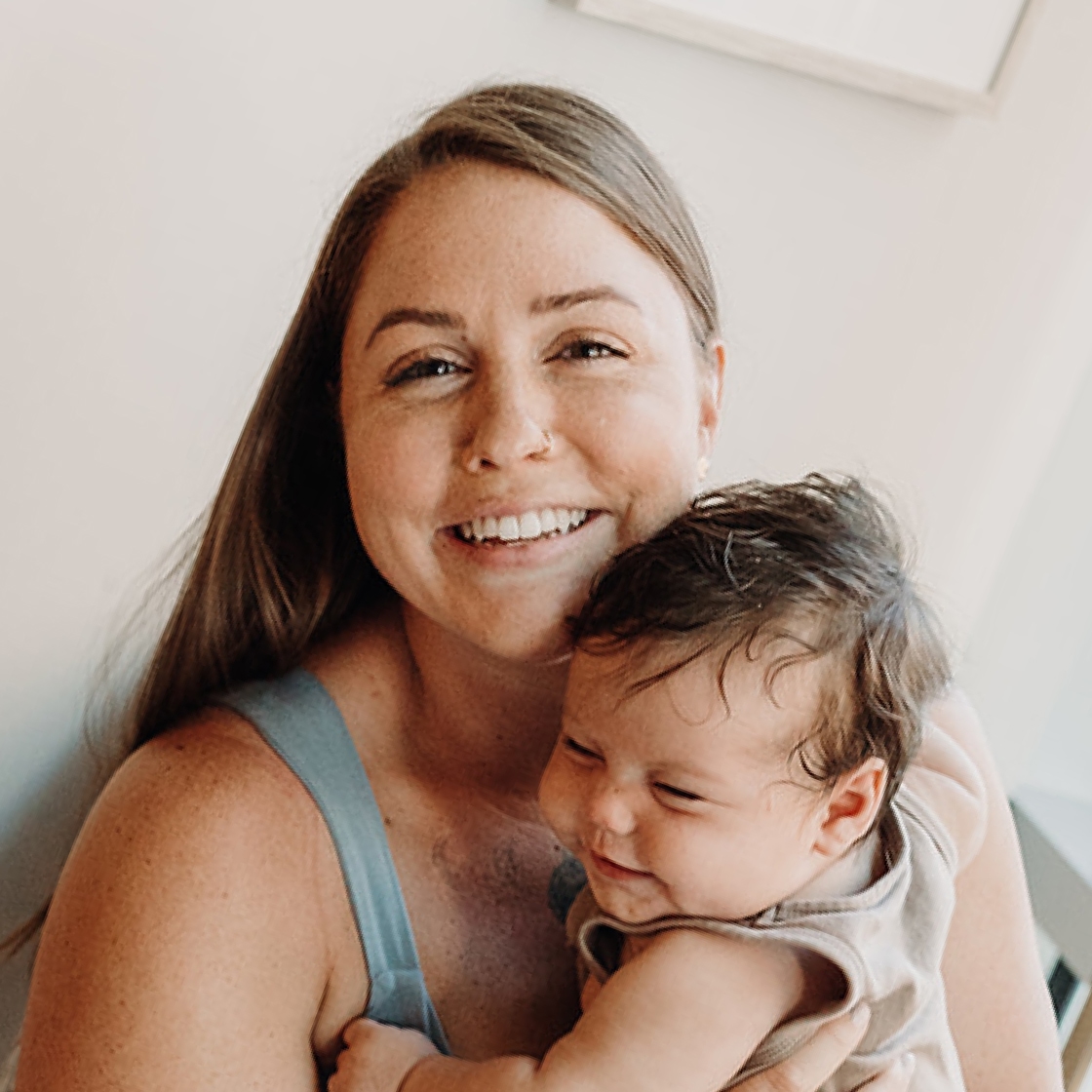What is our lymphatic system? The lymph system carries out waste products from every cell back into the bloodstream, where the liver and kidneys filter them out. It also absorbs fats and fat-soluble vitamins from the digestive tract and delivers them to the cells of the body. Lastly, it is an essential part of the immune system that maintains fluid levels, fights infection, and produces disease-fighting white blood cells. The clear fluid that carries waste and nutrients along with white blood cells is made up of 90% water and is called lymphatic fluid.
To summarize, the three main functions of our lymphatic system are:
1. Protection (white blood cells)
2. Regulation (maintaining fluid levels)
3. Filtration (toxins/cellular debris)
In our upcoming podcast episode, Leah describes the lymphatic system as the ocean of our body–our health depends on how well it flows. When our lymph fluid is not flowing well, we can get a number of different symptoms.
We have lymph nodes located in different areas all over the body. In the image below from socratic.org, you will see that we have lymph nodes concentrated in certain areas near our ears, armpits, elbows, abdomen, and groin/pelvic area. While the location of our lymph nodes is helpful to know, one important point that really helped me graph self lymphatic massage (more on this on the podcast episode with Leah) was understanding where and what the subclavian veins are. You can see the right and left subclavian veins are located just below the collar bones. Why are these so important? This is where lymphatic fluid returns to the bloodstream after being filtered by the lymphatic system. This is why lymph expert, Leah Levitan, always recommends starting any sort of lymph supportive massage or dry brushing with waking up this area of the body. Tapping on it and doing some VERY light massage to this subclavian vein area helps to activate and get it ready to receive that lymph.

Most lymph support focuses on moving the lymph toward the heart, which is accurate, but we want to wake up this area first since that’s what will actually be filtering that fluid. The same goes for those areas that are concentrated with lymph nodes. Before you start massaging or dry brushing your arms or groin area, ideally you do some light massage on the armpit and groin areas. Again, this helps to gently wake up those lymph nodes and get them ready to receive the lymphatic fluid. This ensures you will get the most out of the self lymph massage or dry brushing you’re doing.
One important detail of the lymphatic system that we have not covered yet is that it doesn’t have a pump. This means that we have to use movement in order to get that lymphatic fluid in motion. Our body is not automatically going to do this for us. While the lymphatic system is set up in a way that supports this (there are 5 main areas that the lymph fluid gravitates toward and these areas happen to be ones that we move the most), we still need to be mindful of supporting our lymph on a daily basis.
Here are some of the best ways to support our lymphatic system on a daily basis:
Whether you choose to do self lymphatic massage or dry brushing, one thing that Leah stresses repeatedly in her work is to loosen our fascia first. So along with waking up the subclavian veins and any areas concentrated with lymph nodes, loosening up your fascia will also help increase lymph flow and help you get the most out of your practice. What is fascia? Fascia is a thin casing of connective tissue that surrounds and holds every organ, blood vessel, bone, nerve fiber, and muscle in place. The tissue does more than provide internal structure; fascia has nerves that make it almost as sensitive as skin. Loosening this up is similar to lymph massage–you want to be VERY gentle and it doesn’t take much. Leah has a video on how to do this here.
I had Leah on the are you menstrual? podcast and we had a great conversation about lymph! You can listen to the episode here.
reminder: i’m currently taking on 1:1 clients. if you’d like to explore what it would be like to work together and if we are a good fit, fill out this form to get more details!
